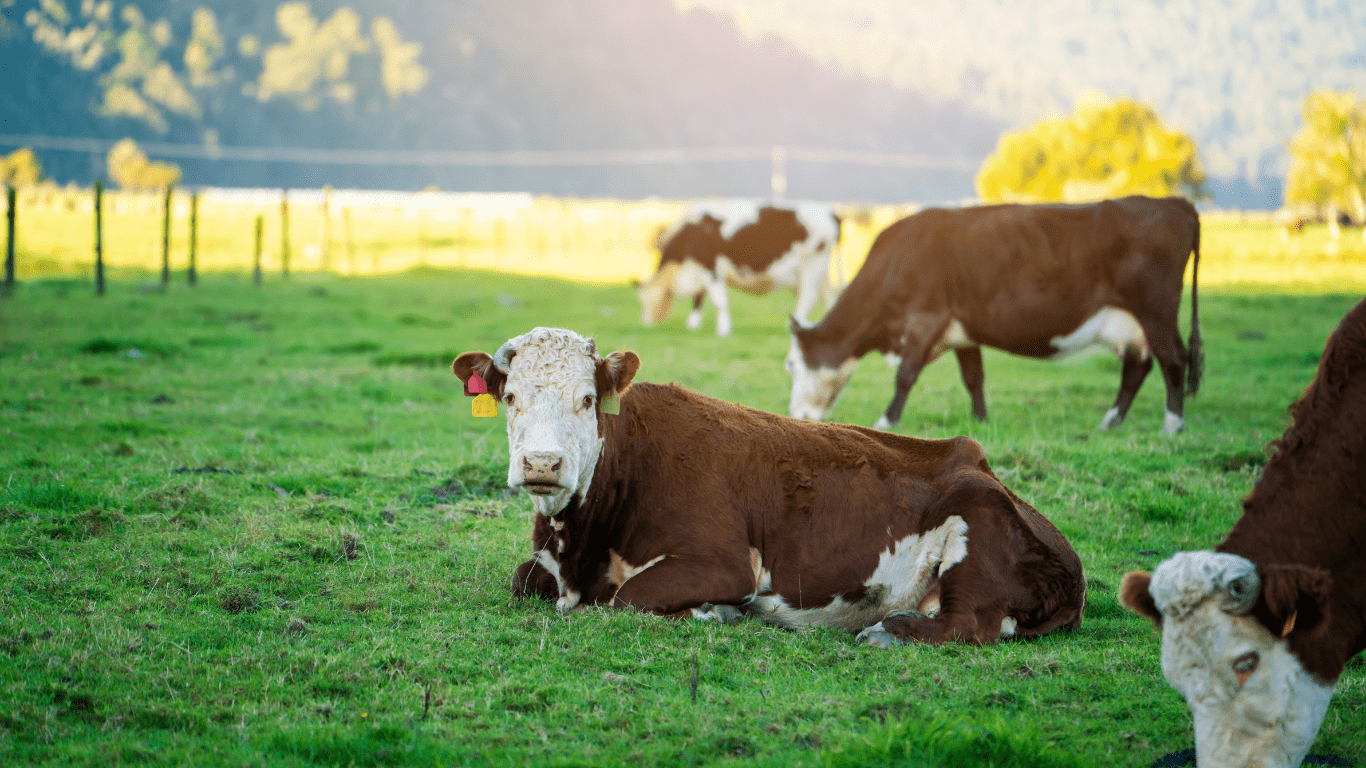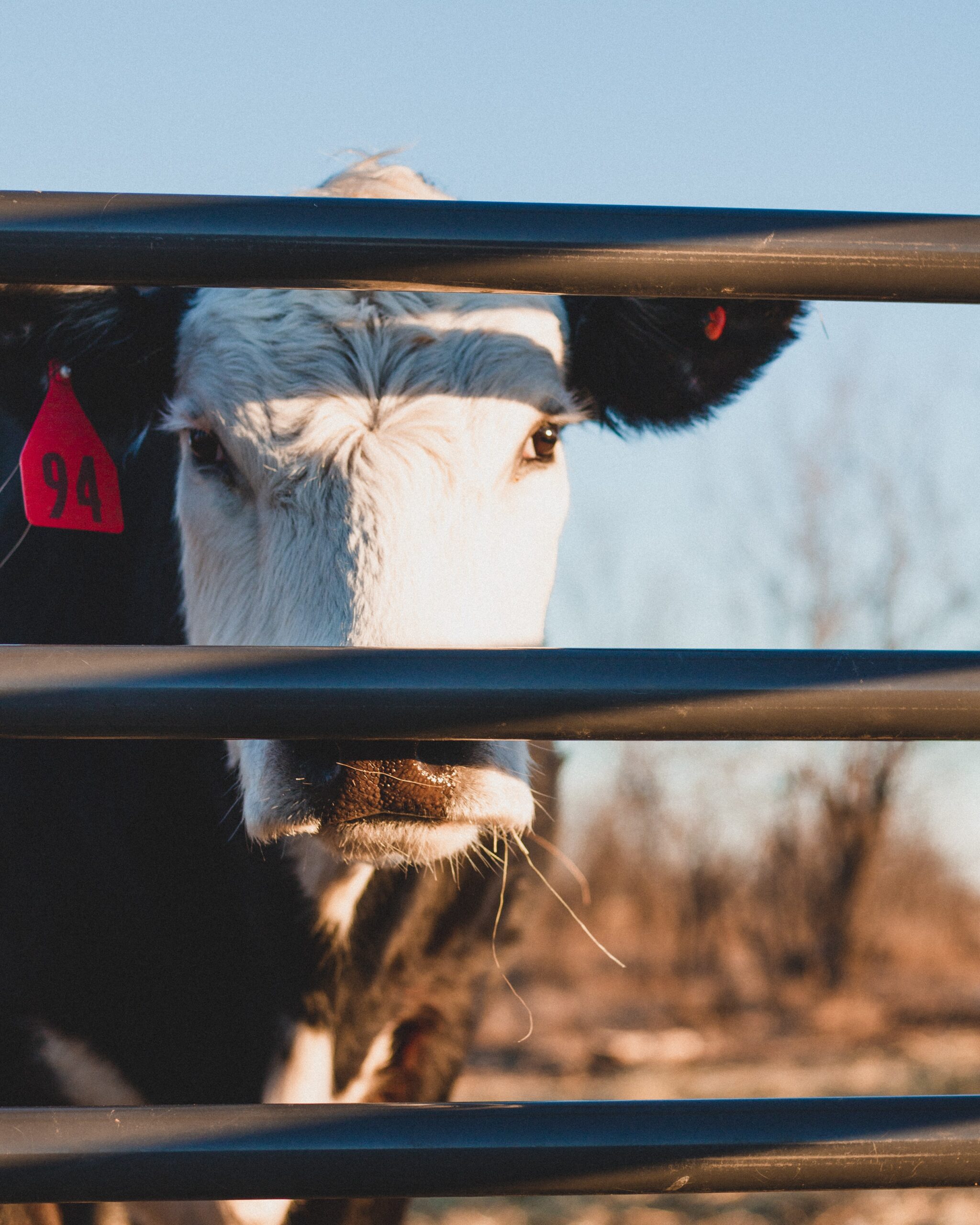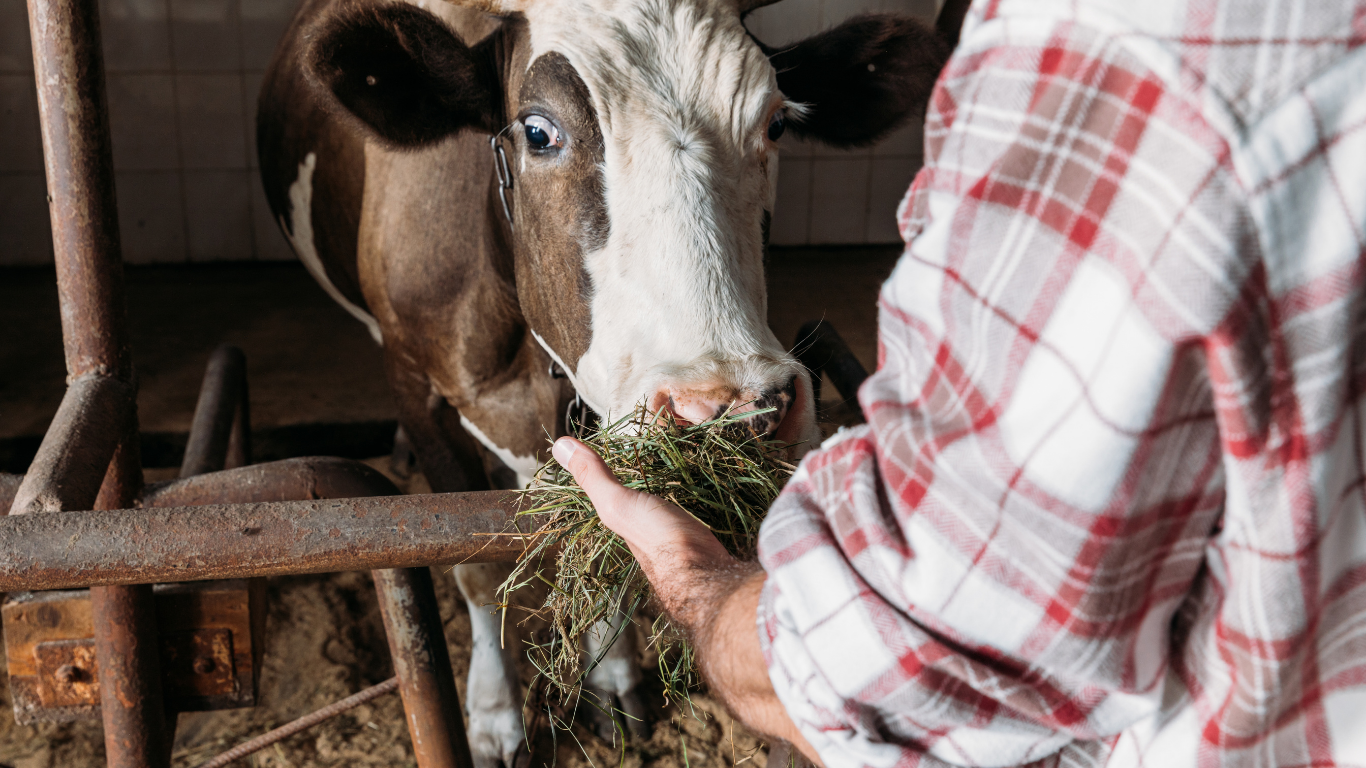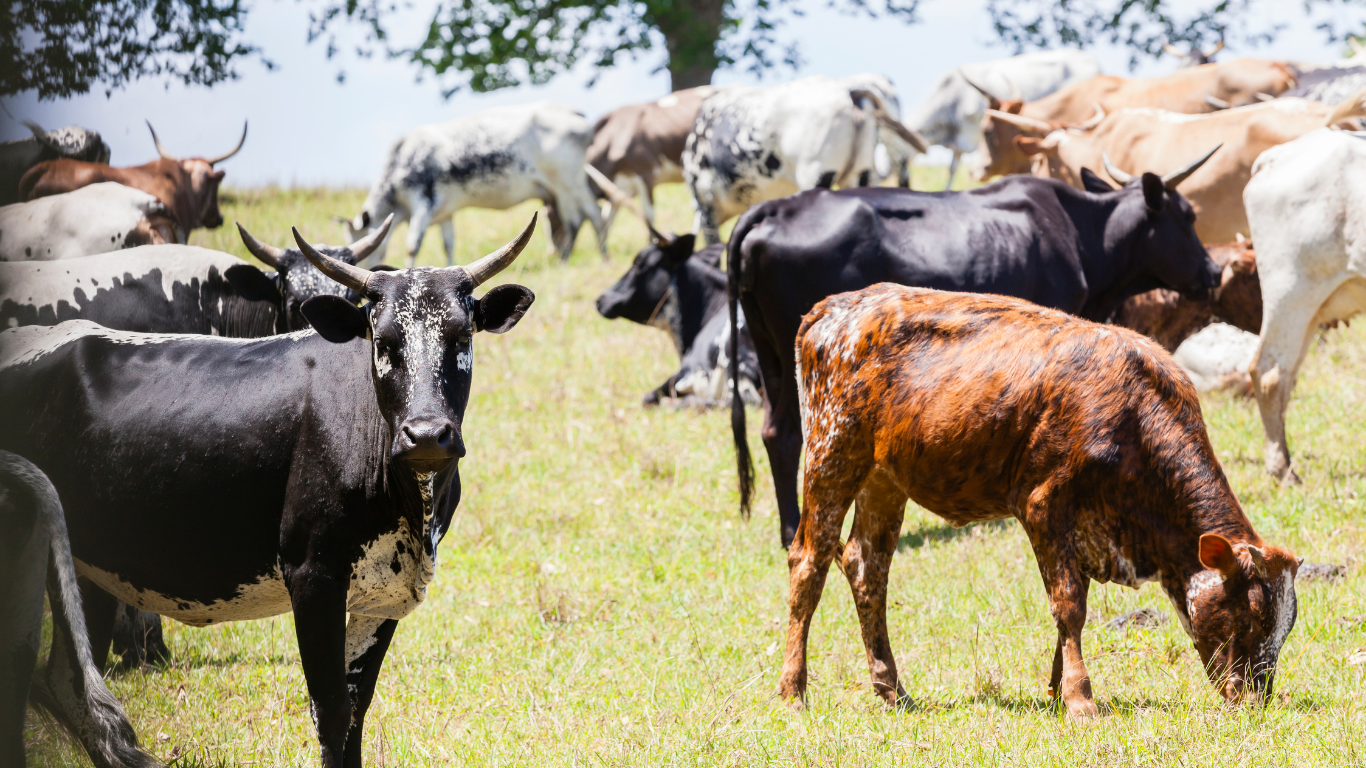Each year there are opportunities for producers to market feeder cattle near the high-end of the year’s market. Cattle producers will likely be marketing cattle throughout 2022 at the highest prices since, at least, January 2016. While great news, we still need a marketing plan for feeder calves. One useful method is to compare the relationship between the futures price (CME Feeder Cattle Futures) with the current market price (CME Feeder Cattle Index Price). The difference between these two prices provides the market’s expectation of price movement in the short run and expectation of market highs. Note, this was written just prior to the market fluctuations following the beginning of the Ukraine-Russia war.
Using the current CME Feeder Cattle Index price and the August 2022 Feeder Cattle Futures contract prices, as an example (Table 1.), Friday, February 18th’s CME Feeder Cattle Index was $162.14 per cwt (Reporting Date: 02/17/2022) and the settlement price of the August 2022 Feeder Cattle Futures Price was $186.08 per cwt. The market’s expectation is for Feeder Cattle prices to increase from $162.14 to $186.08 per cwt. The market is pricing in a $24 per cwt, $191 per head, and $11,968 per truckload increase between now and the expiration of the August futures contract. Of course, basis adjustments may need to be made for your individual situation.
The futures market expects feeder cattle prices to increase each month during 2022. Over the last five years, market price highs have occurred during the second half of the year, and that is expected this year, as well.

Prevatt, Chris. “Marketing Feeder Cattle at 6-Year Price Highs“. Southern Ag Today 2(10.2). March 1, 2022. Permalink










